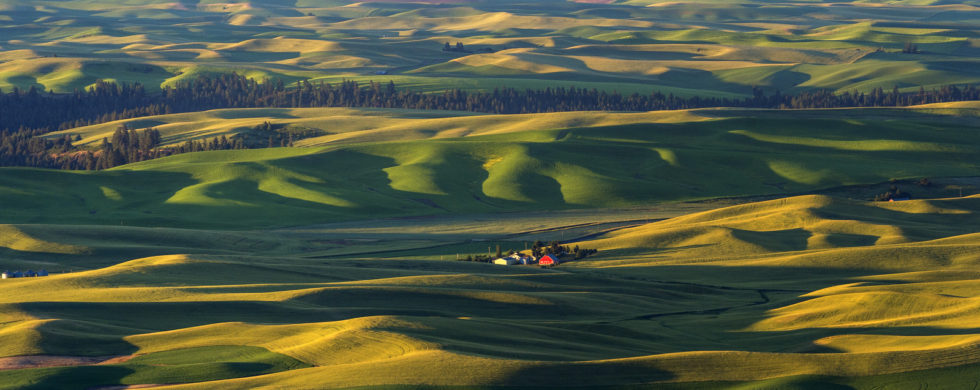
31
2019Picture Palouse-a
Shot of the Month – January 2019
If you are looking for a Picture Palooza, visit the Palouse. Any other questions?
(Many hands shoot into the air…)
Alright, calm down. In modern lingo “palooza” implies an “Excessive, plethora of word modifying the type of ‘palooza'” (Source). Clear as mud, right? An example will help. A Pizza Palooza, for example, would be a wild, delicious pizza party with a seemingly endless supply and variety of the tasty treat. Mmmmn. A landscape photographer visiting the Palouse would similarly experience a Picture Palooza — an opportunity to take a mind-blowing number and variety of photographs.
Ehh, what or where is a Palouse? The Palouse is a unique region of the Pacific Northwest that takes in parts of north central Idaho, southeastern Washington, and parts of northeast Oregon. It also happens to be one of the most fertile and productive farming regions of the world. The area is a major producer of wheat, barley, peas, lentils, garbanzos, bluegrass, and some oil seed crops like mustard and canola. The Palouse is the world’s leader in the production of soft white winter wheat and the region produces 95% of the world’s lentils! It is hard to find a flat spot in the Palouse – the roughly 4,000 sq mile area is covered in rolling hills, looking like a richly colored, textured desert from the air. The hills were formed over tens of thousands of years from wind-blown dust and silt from dry regions to the south west. These loess hills (a new word for Michael) look like sand dunes from above which makes sense as they are formed in much the same way. (Source)
Come early in the summer and the landscape is awash in shades of green when the wheat and barley are young. Arrive later in the summer and the palette shifts to include more shades of brown as the crops are ready for harvest.
This agricultural bounty did come at a cost, however. Before cultivation began this area was part of an extensive prairie — the entire area is now farmland and only about 1% of the original prairie exists. The habitat was once rich in wildlife and birds — few remain in what is now for these creatures, a sterile landscape.
How best to photograph this unique region? A great place to start is at the top of Steptoe Butte — the summit, at 3,612 feet offers a stunning view of the rolling hills below. The best time to shoot from here is at the beginning and end of each day as the low sun produces rich colors and dramatic shadows. My red barn image above was taken from this vantage point. From here you can use your entire range of lenses. Your longest telephoto can produce fun abstracts like this:
While shorter lenses can produce a more classic landscape overview like this:
And of course, you can also shoot verticals…
With every minute the light changes providing a living canvas to work with and there are a limitless number of compositions to explore as you experiment with different focal lengths. The hours go by quickly…
The following day I shot a closer version of my red barn image. If you look closely you can see that there are bales of hay in the field behind the farmer’s house. He must have done that work soon after I took my first image as they are not in my shot from the day before. (click on any image to see it larger!)
But we are not finished. Steptoe Butte is just the beginning — now it is time to descend down to the fields and explore the landscape at eye level. As one meanders along the many small dirt roads a Norman Rockwellesque scene awaits around the next bend or just over the next hillside.
I drove to the Palouse on a Saturday and came back on a Monday so I had about two 1/2 days and one full day for shooting. Not much time but I have hundreds and hundreds of images. So many images.
Moody shots.
Lots of abstracts.
Americana moments.
So, so many images…
Shooting at sunrise and sunset and during every time in between at the Palouse is not for the faint of heart. In early July sunrise is at about 5 am. So you will want to be at the top of Steptoe Butte by 4:00 am to catch the full show. Last light is not till about 9:30 pm. So I got about 3 hours of sleep both nights I was there and I was pretty much on the move nonstop otherwise…..
If you are inspired to visit this visual playground, with a camera or without, check out this resource:
Terri Lou’s Map
Photographer’s Map of the Palouse. It l highlights all the key spots you will want to visit. You can download the PDF map and then print it out if you prefer your maps to be of the paper variety.
Until next month…michael
Nikon D4S, Nikon 70-200mm (@200mm), f/8, 1/200 sec, ISO 400, EV -1.0

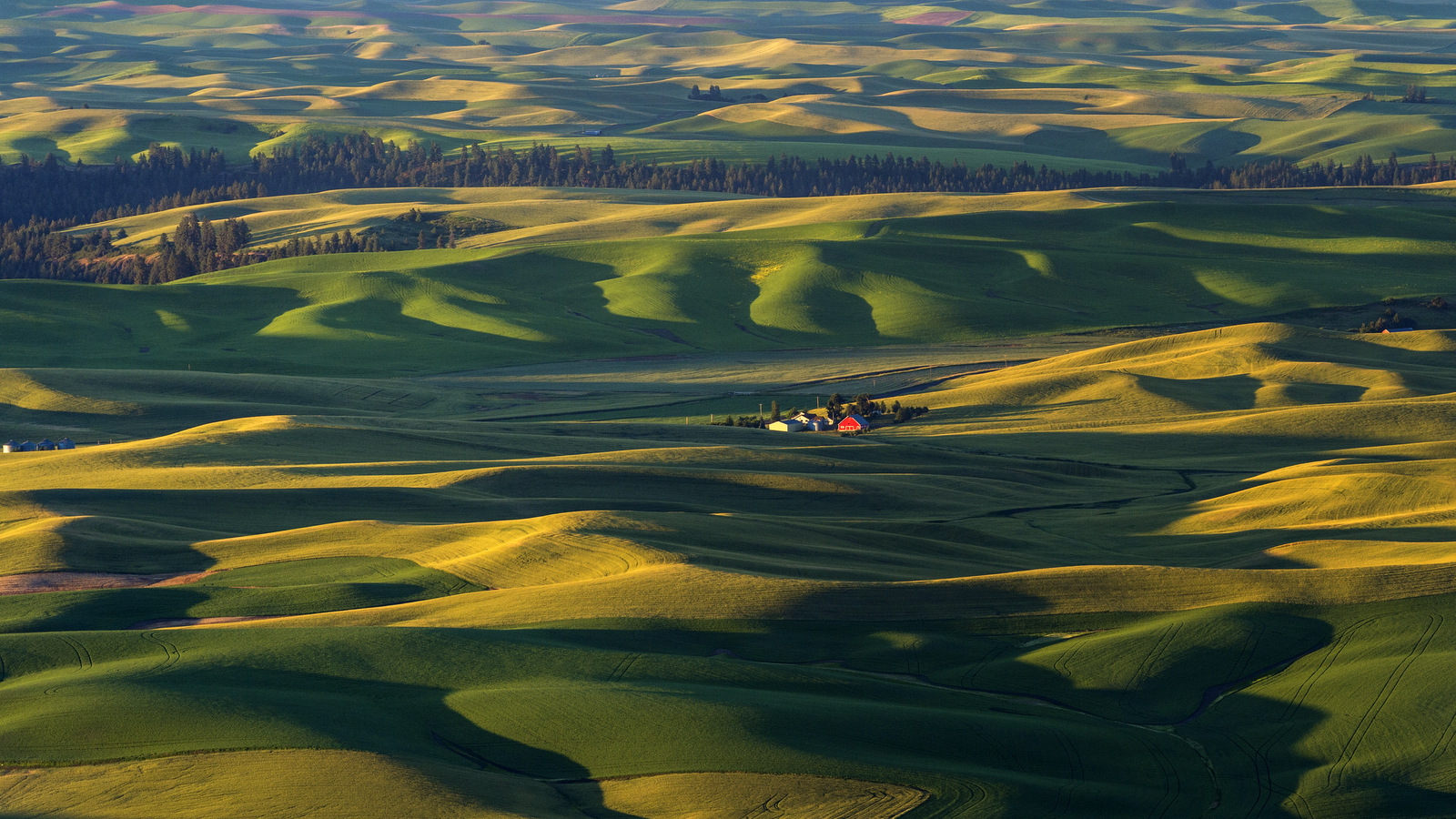
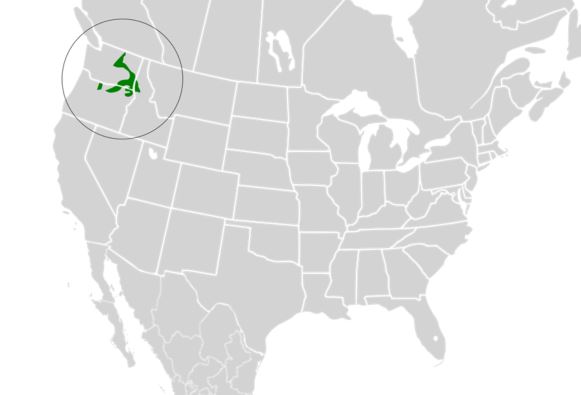
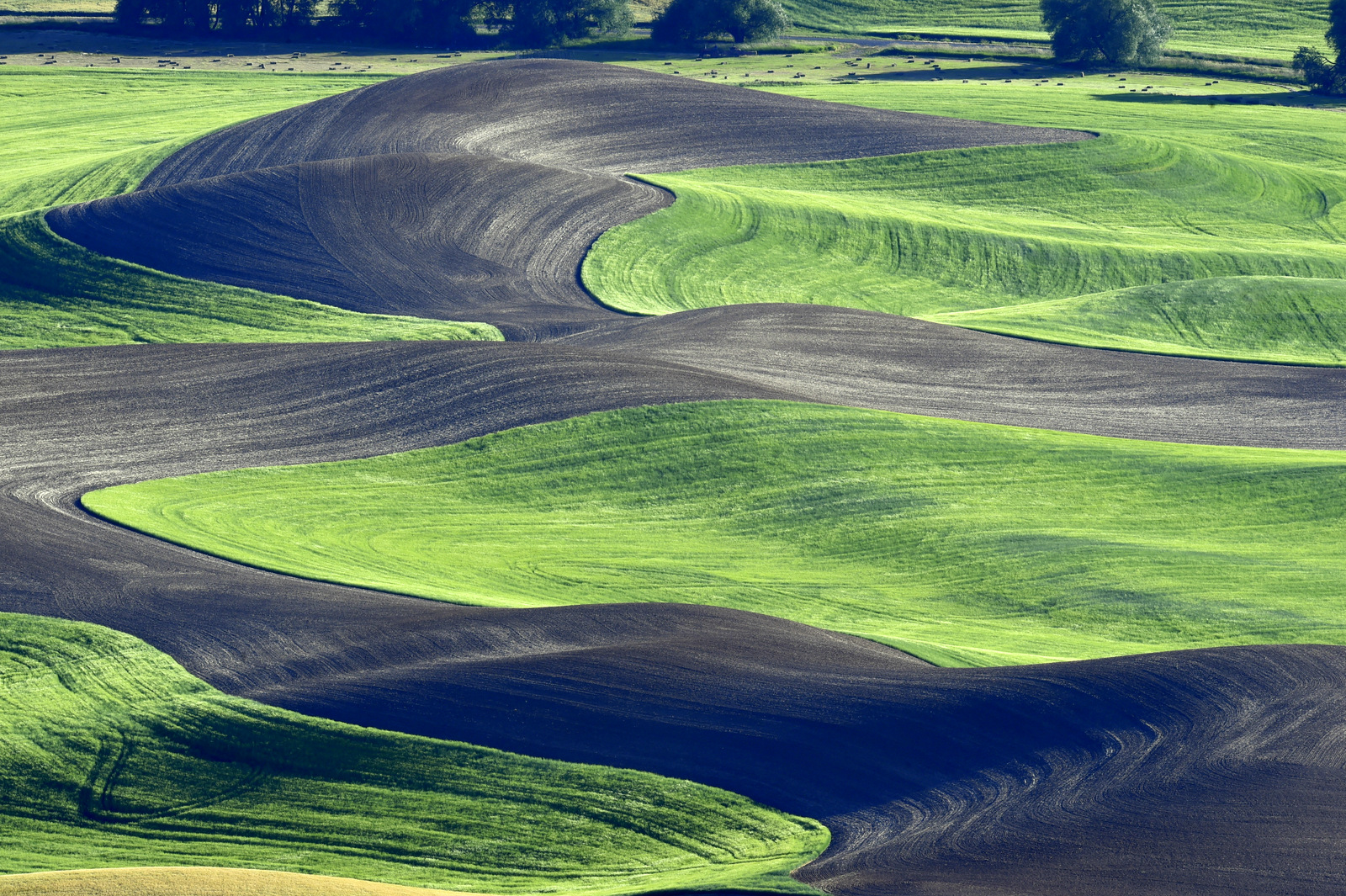
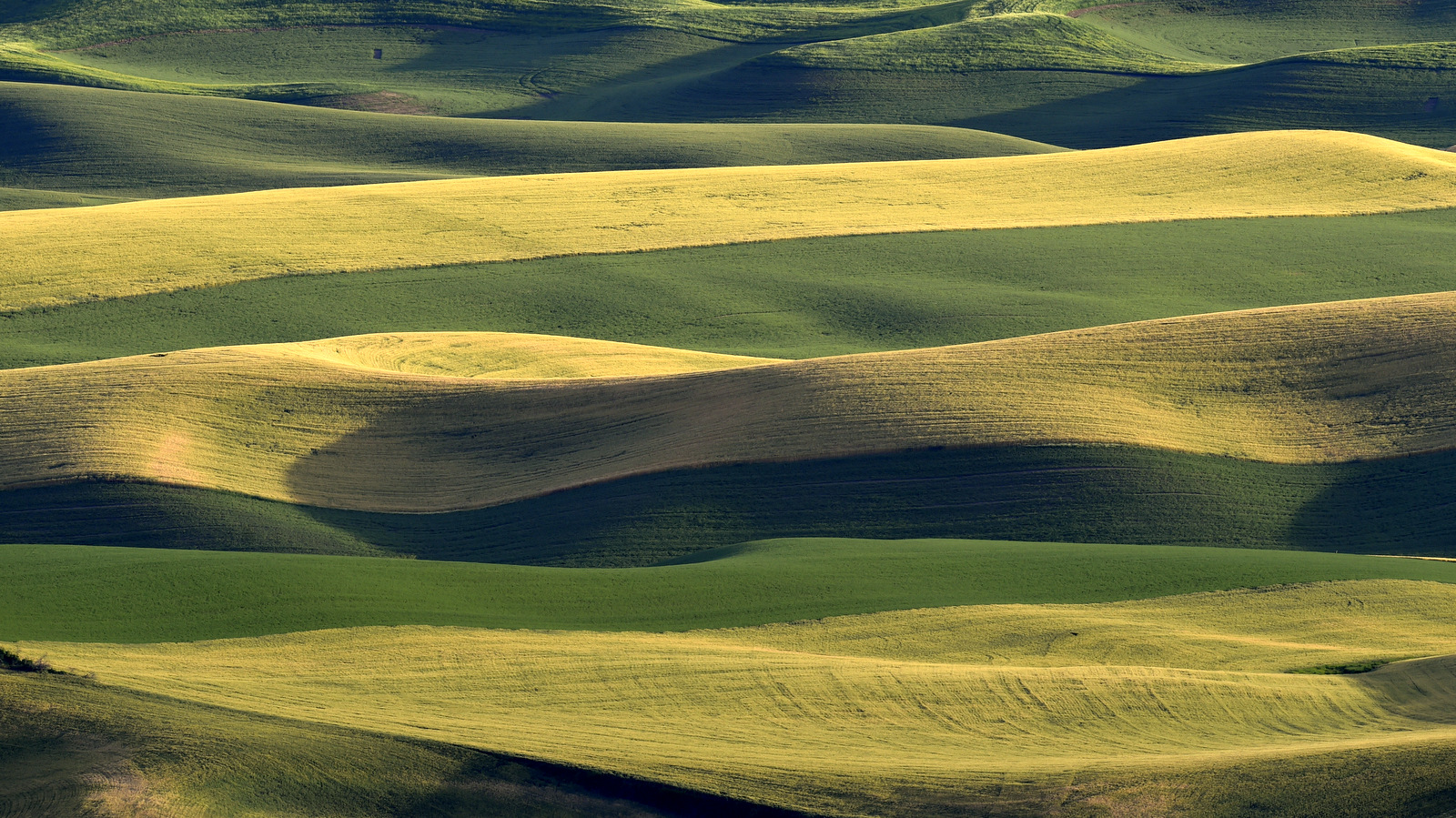
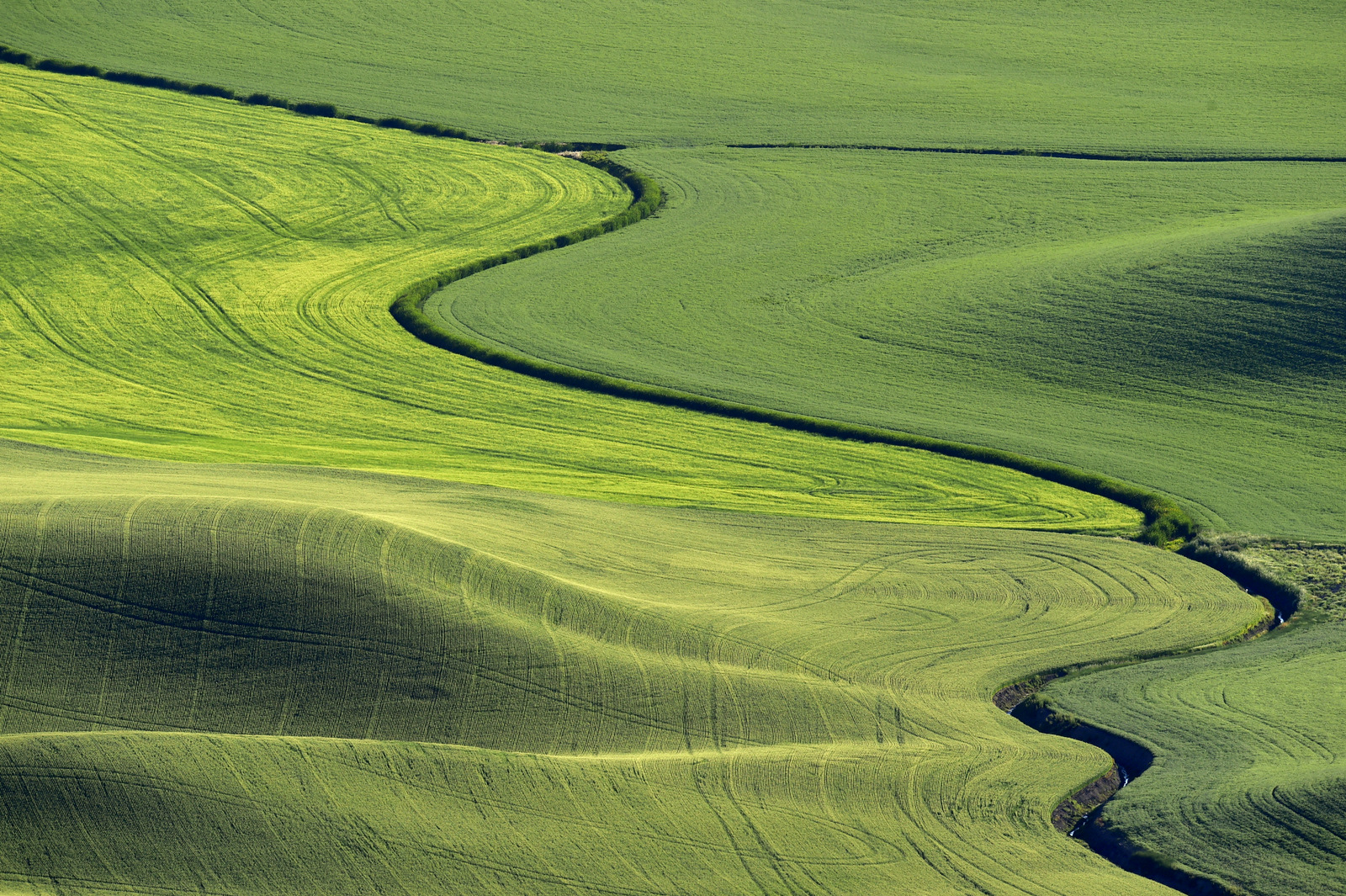
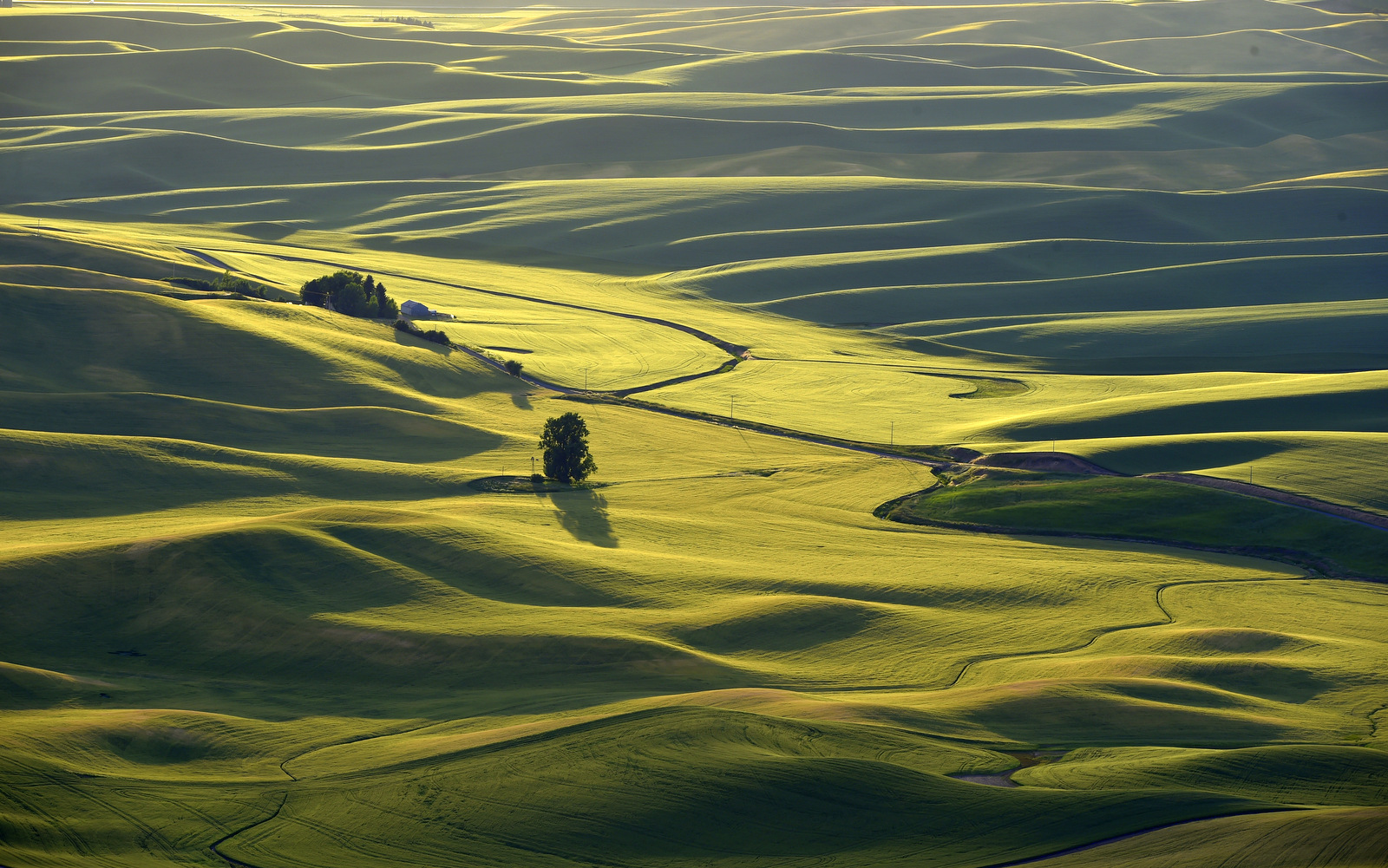
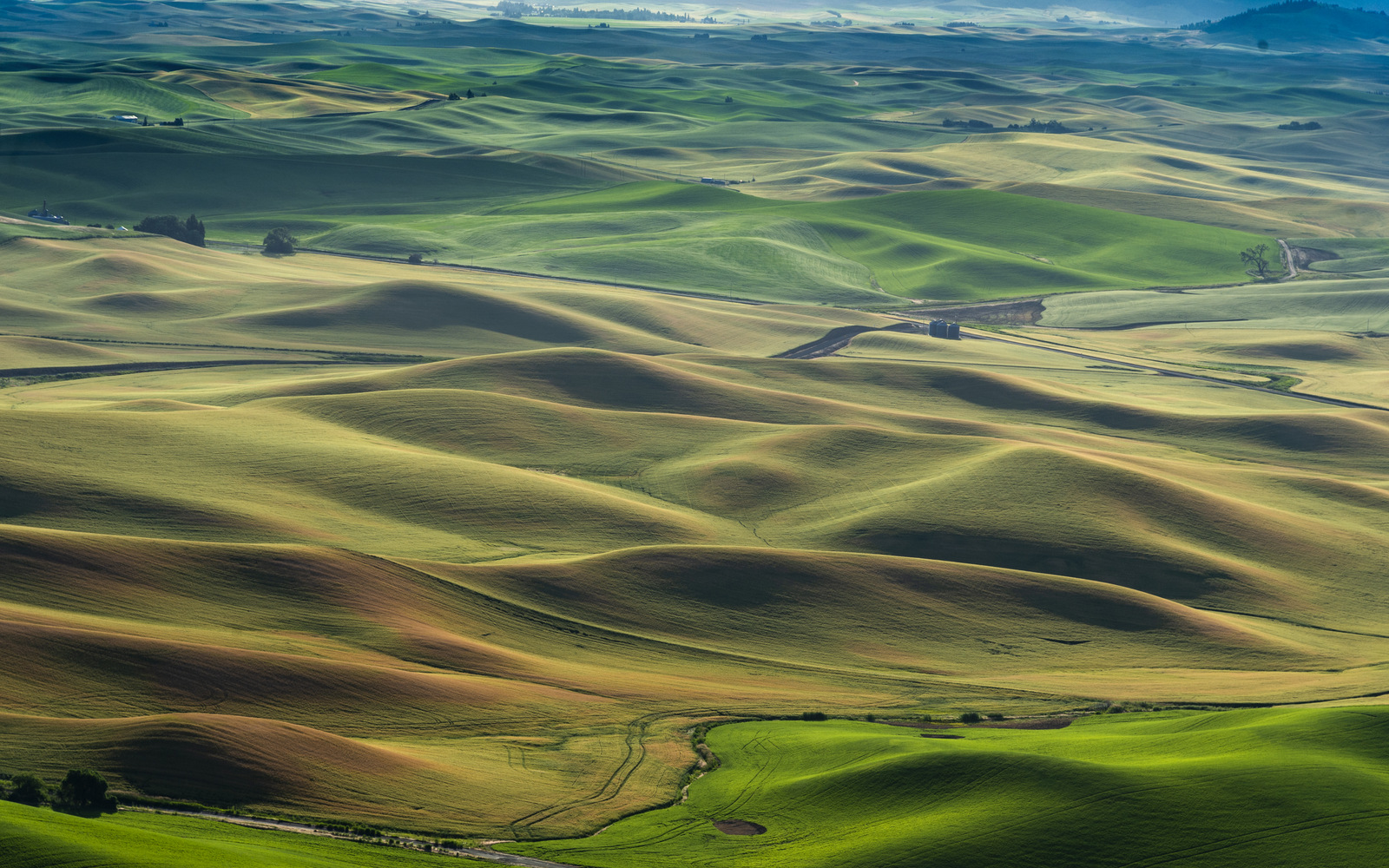
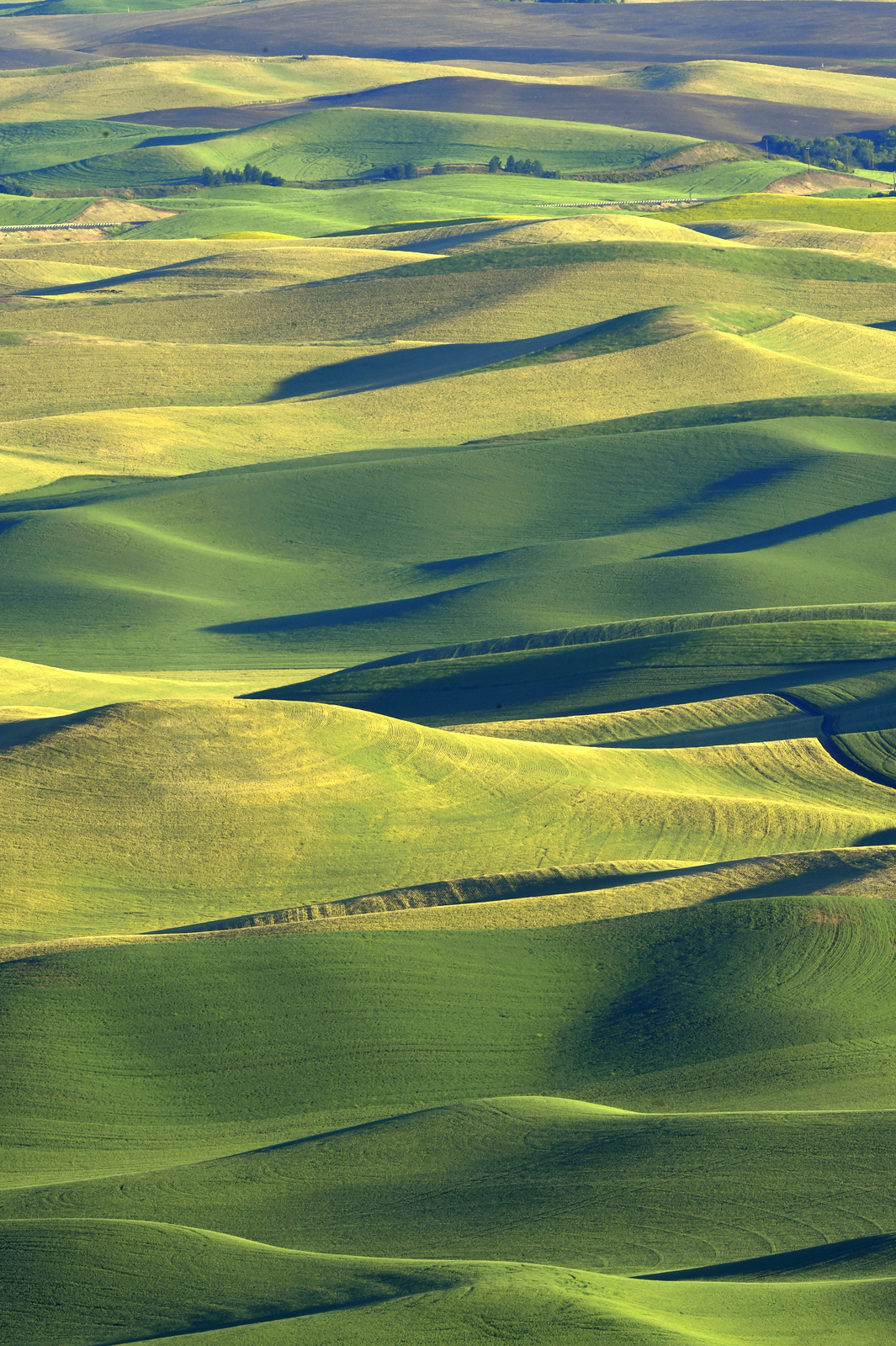
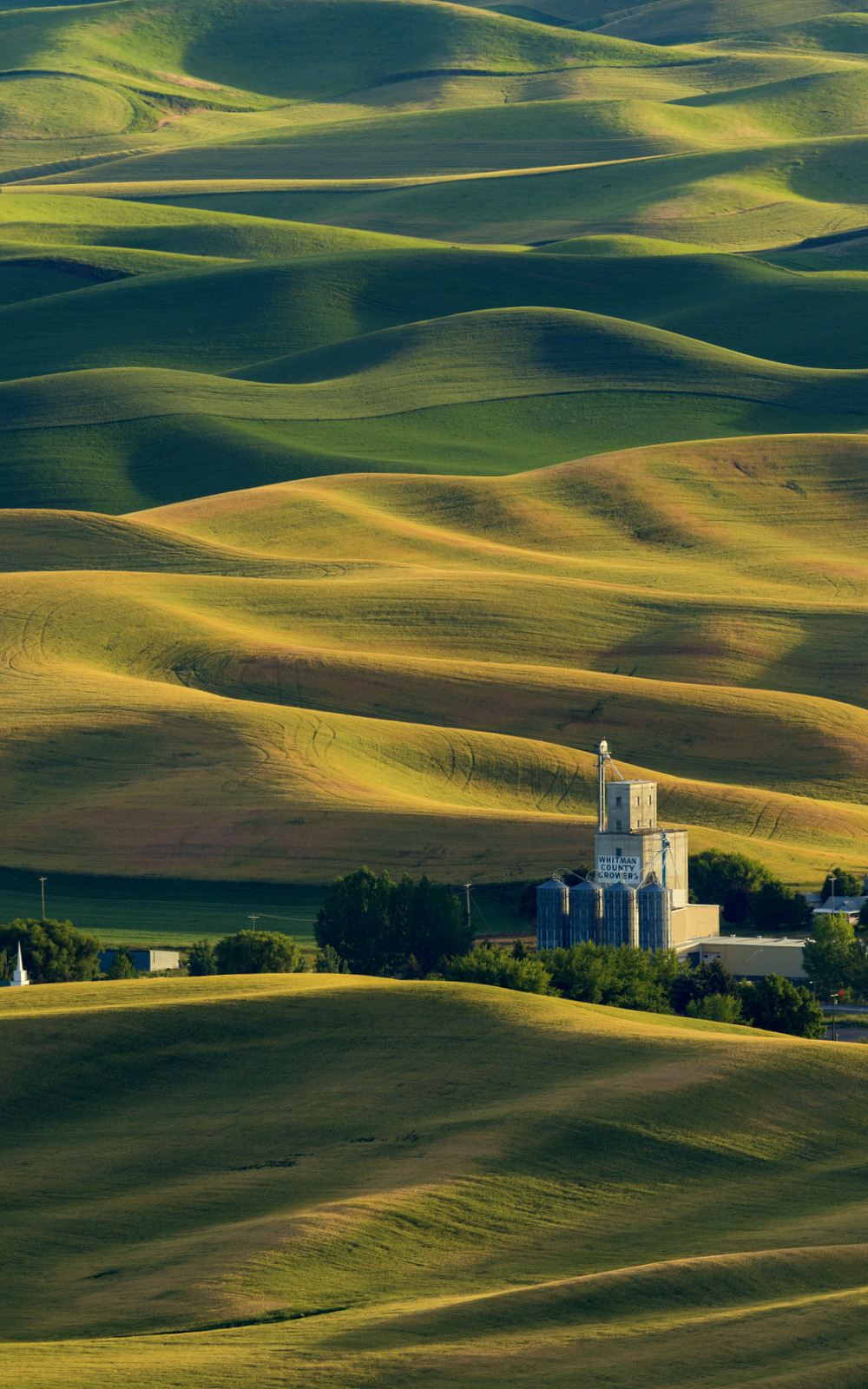
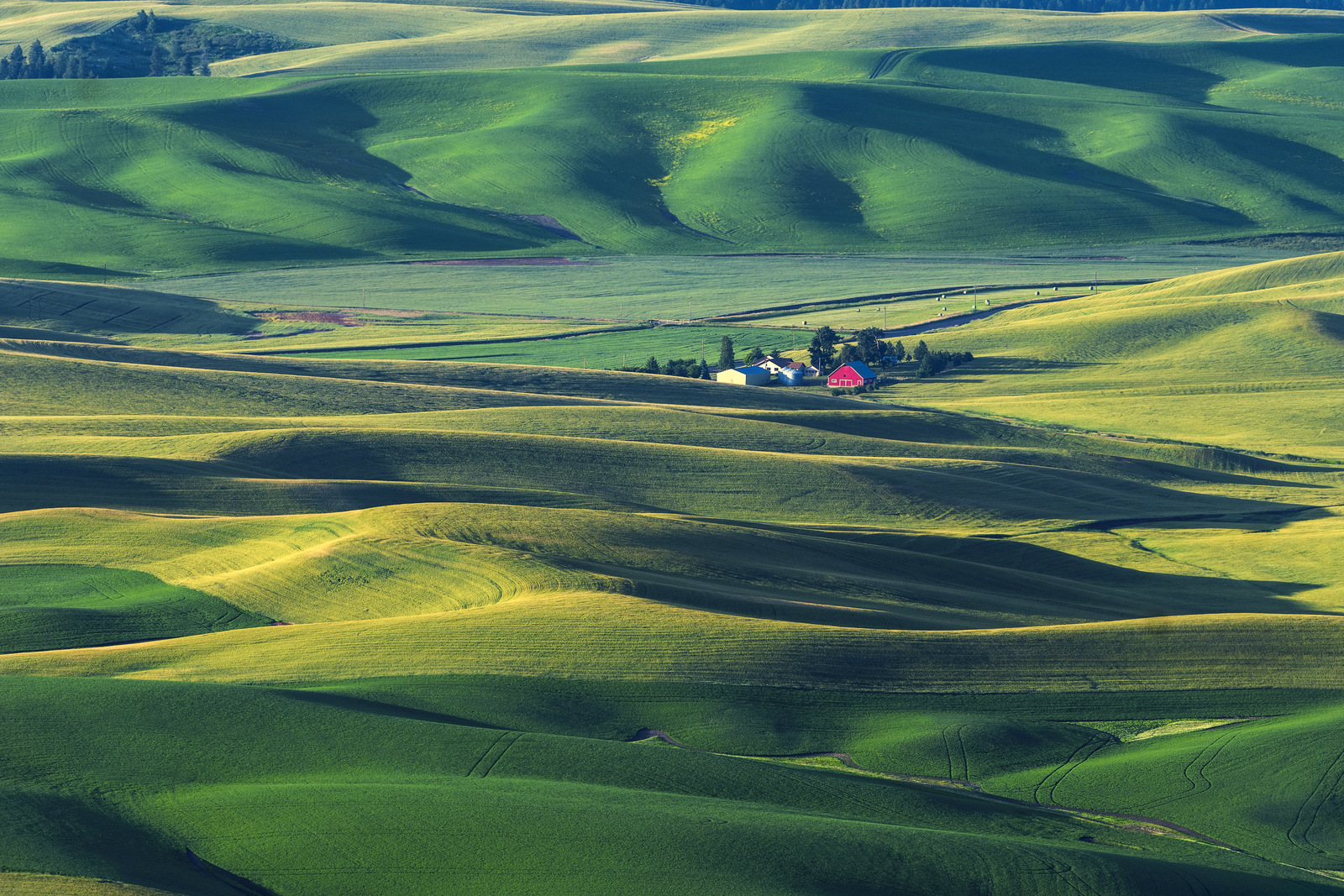
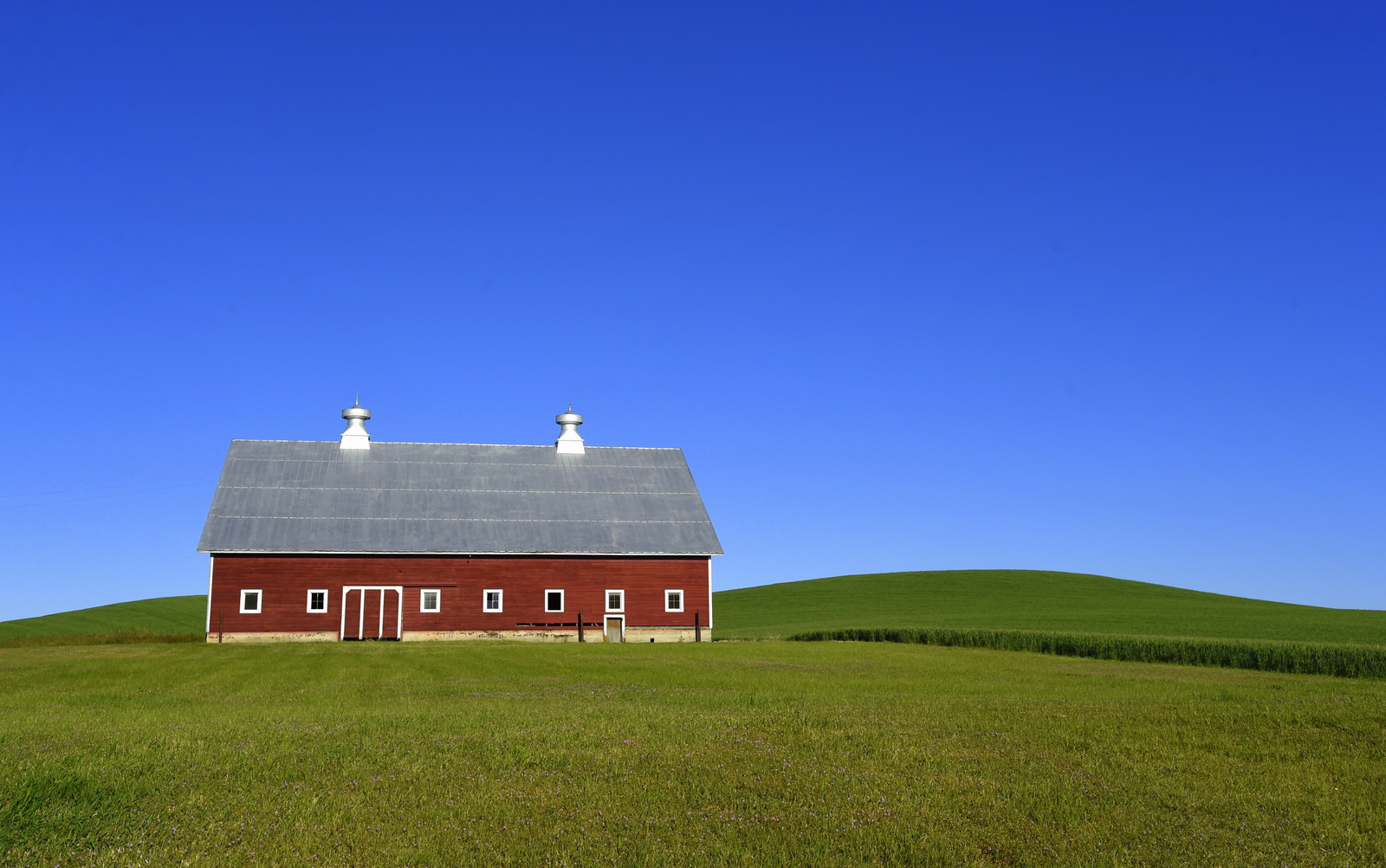
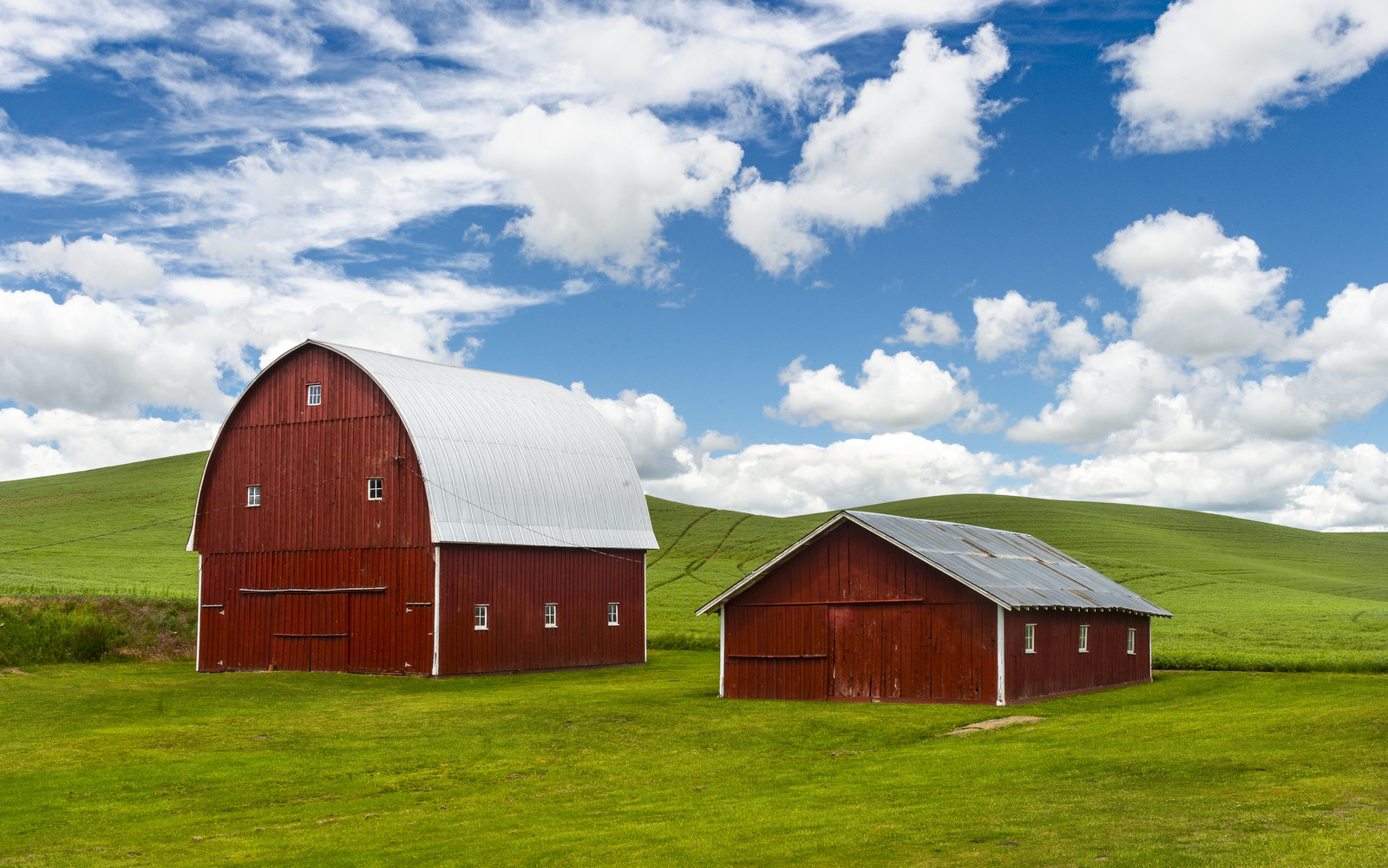
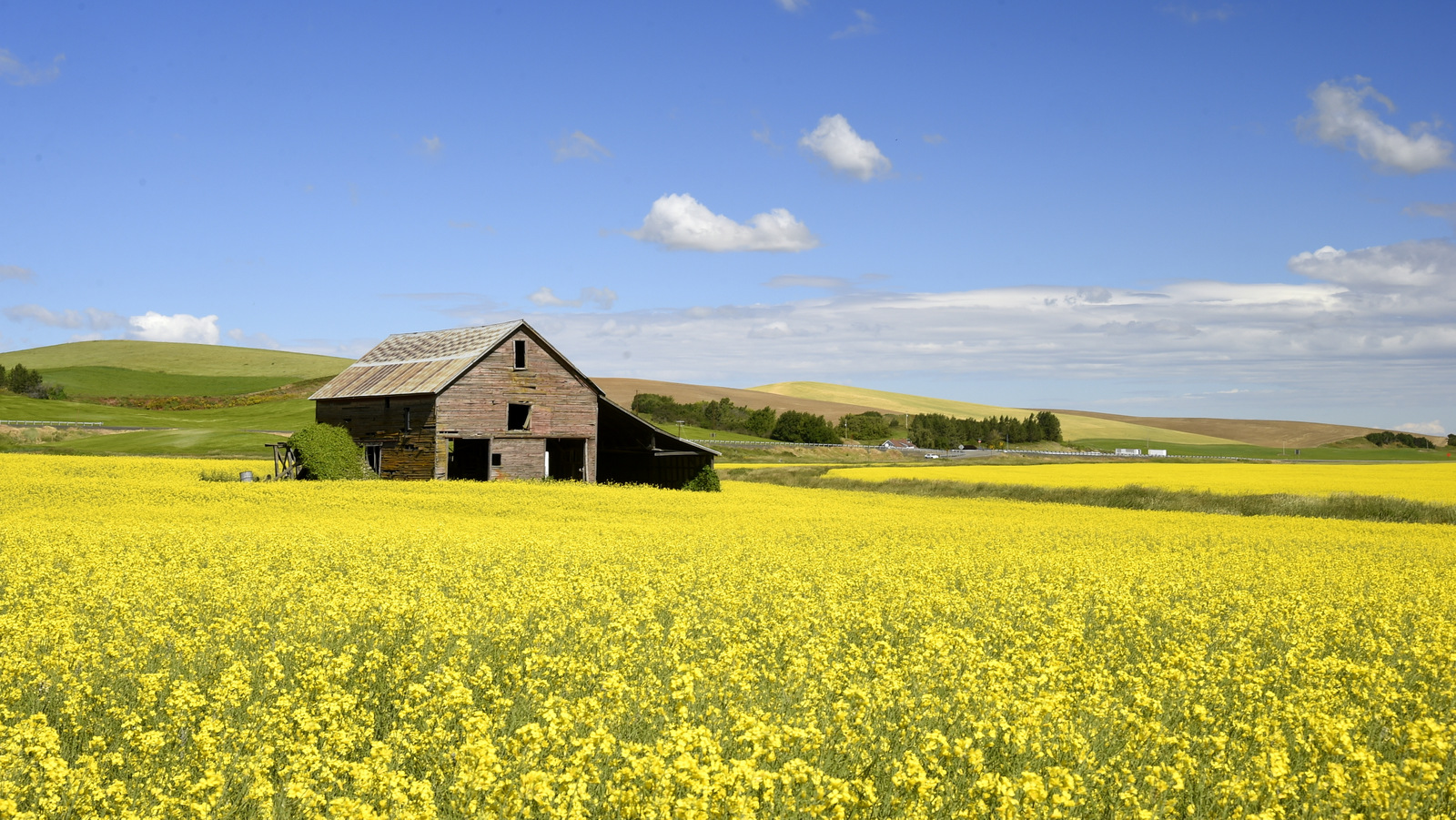
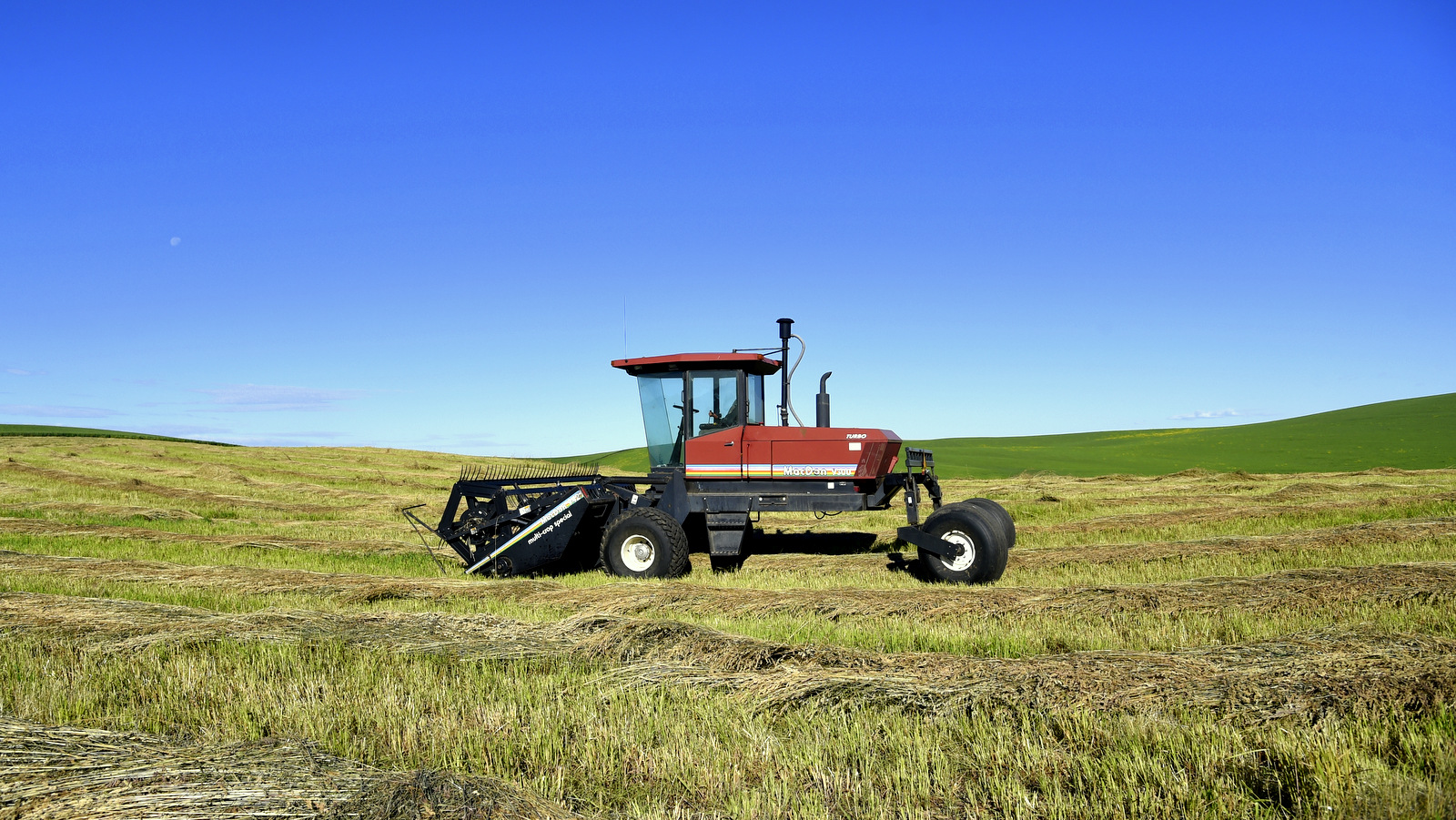
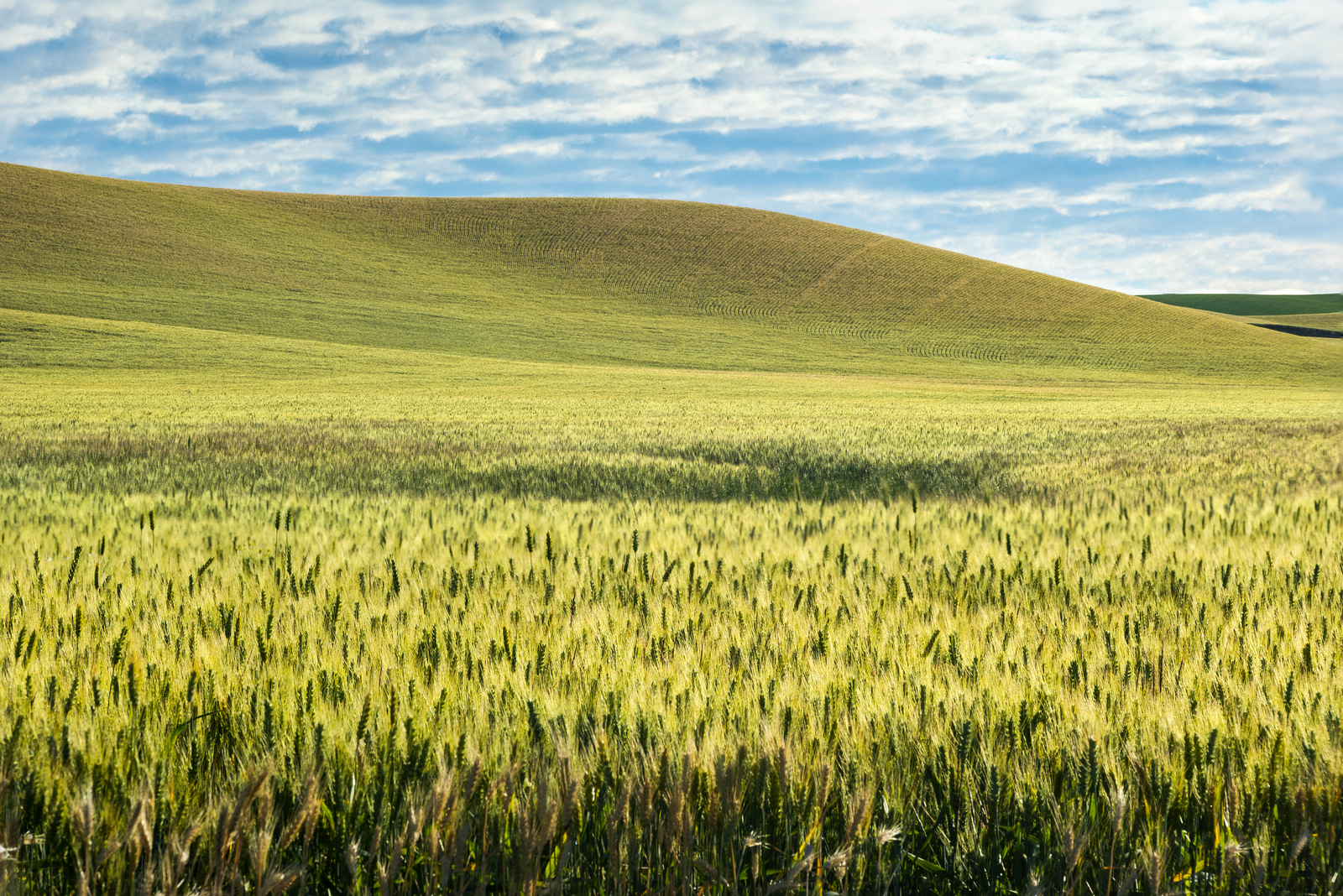
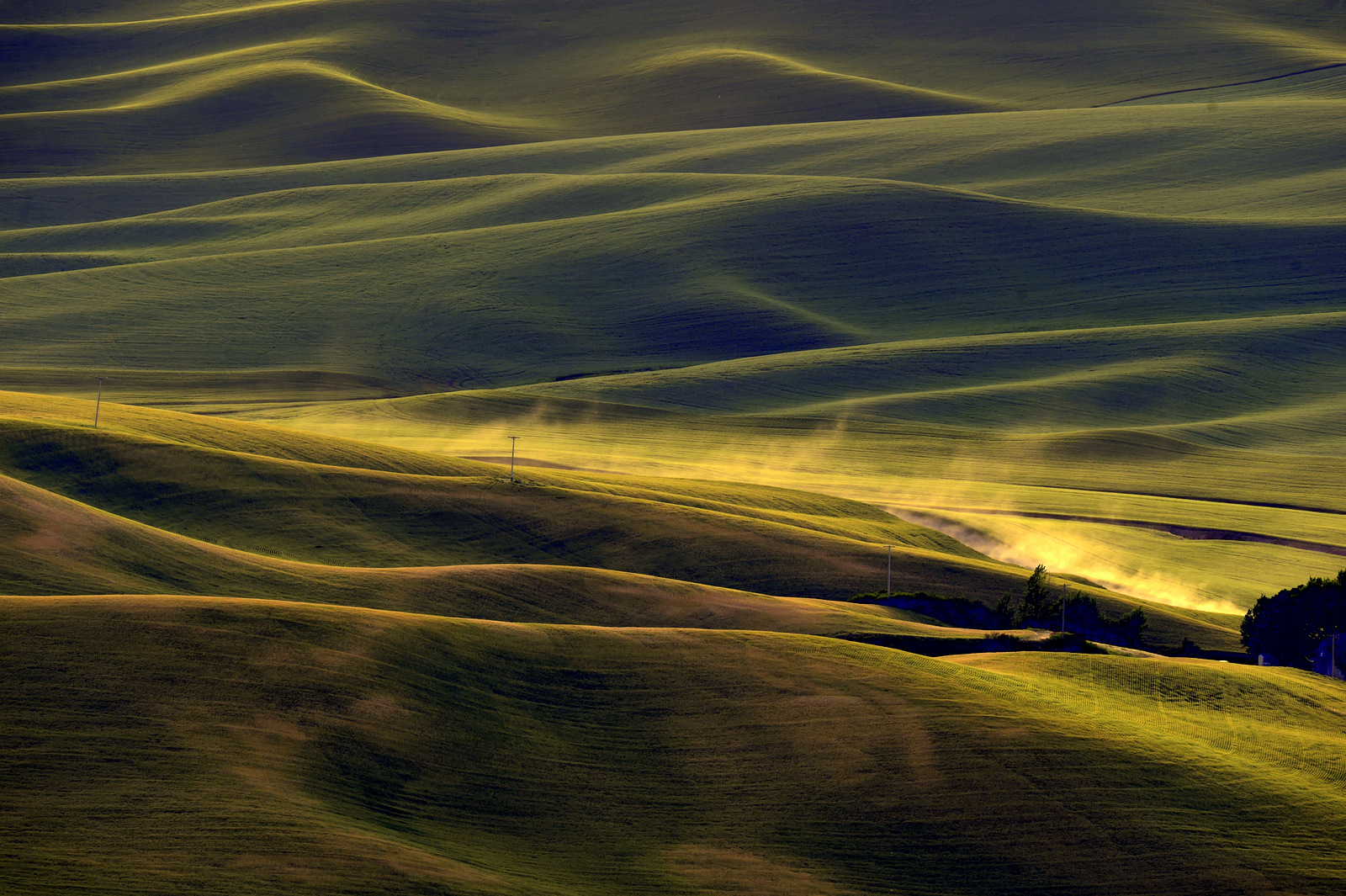
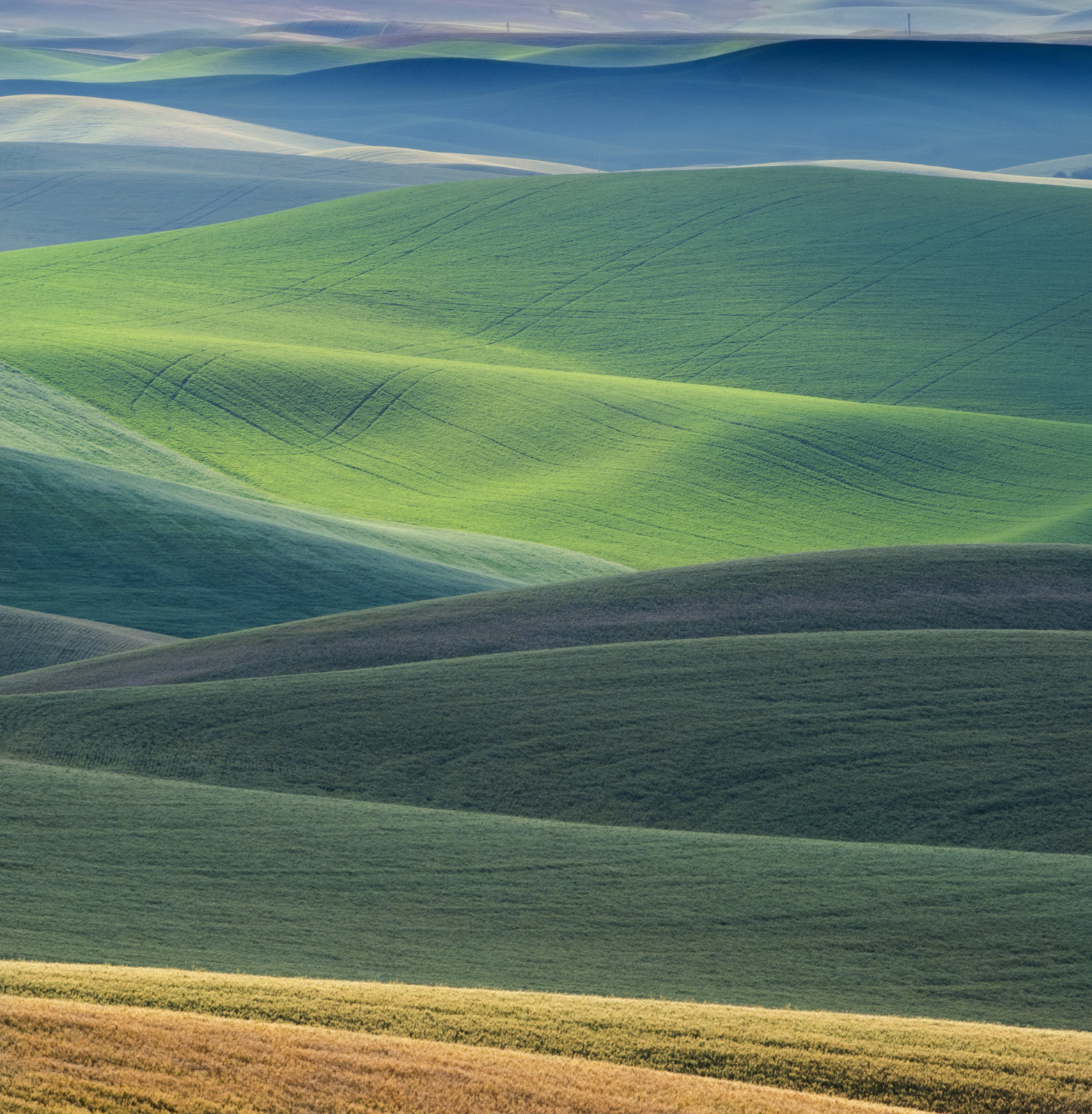
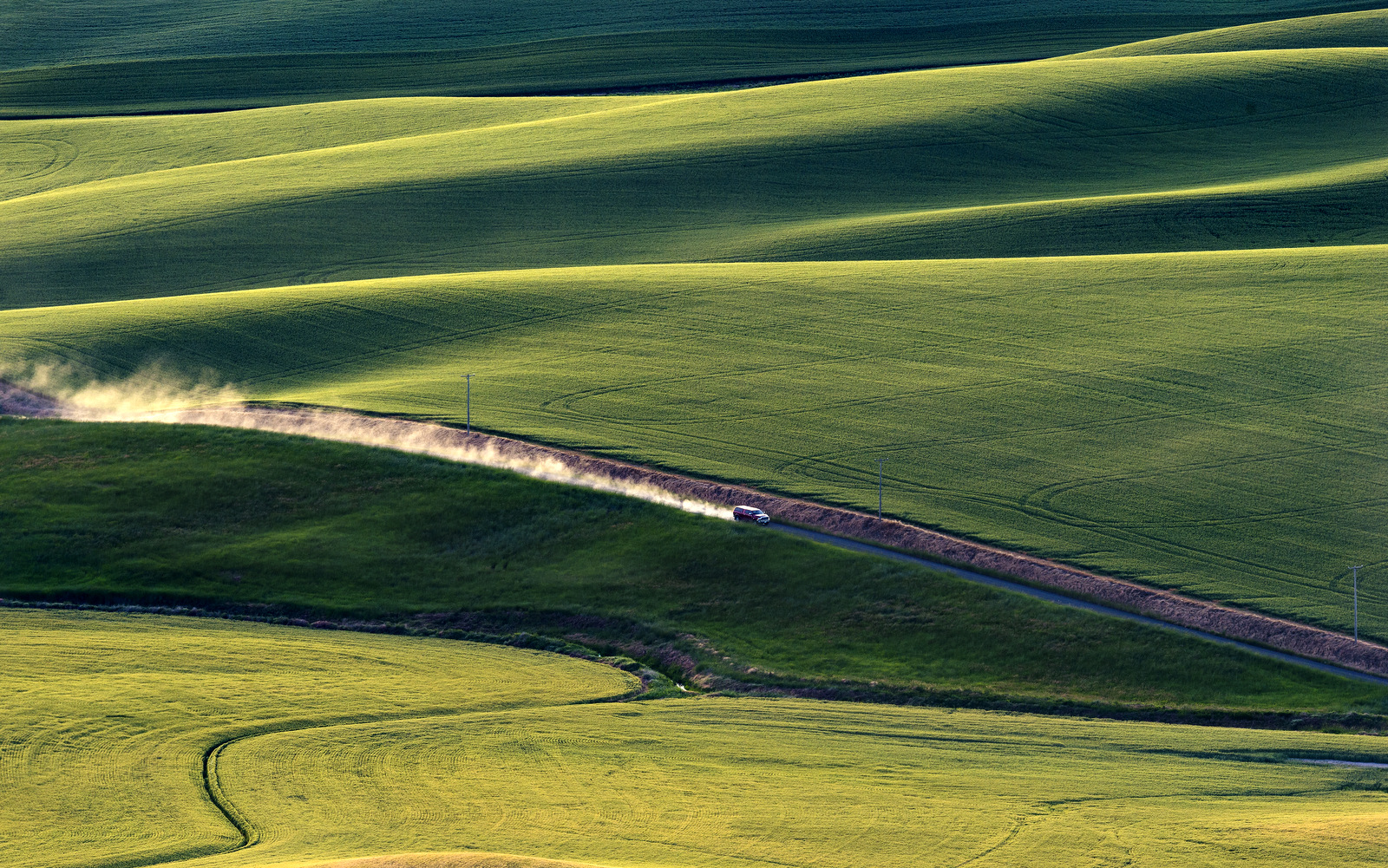
Joyce Palmer
As usual, I love your photos and commentary. I would not have the talent nor energy to do this myself, so you take me to places I would not be able to visit. Thank you!
Ludovit Tatos
Super nice shots Michael. I have been there few times, magic place for sure.
Ludo
Rialto Beach @ Michael Despines Photography
[…] The Palouse […]